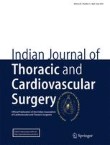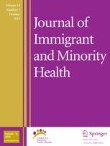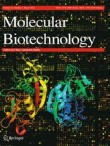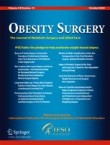
Abstract
Objective
Valved conduits play a pivotal role in the right ventricular outflow tract (RVOT) reconstruction in patients with congenital heart disease (CHD), and valved homografts have become the most commonly used conduits in pediatric cardiac surgery. This study aimed to assess the midterm performance of aortic and pulmonary homografts used in pulmonary position in patients with CHD.
Methods
Ninety-eight patients underwent surgical RVOT reconstruction with a homograft from January 2012 to December 2017. We collected all patient details from the institute patient record system. Echocardiographic data were obtained from the records. Postoperative data included survival and follow-up echocardiography. The primary endpoints of the study were homograft failure, homograft dysfunction, and freedom from re-intervention.
Results
We observed allograft failure in two patients (2%), one each due to pseudo-aneurysm formation and infective endocarditis. There were 8 early deaths (8/98, 8.2%) and 9 late deaths (9/98, 9.2%). The mean survival time was 6.1 years, and the postoperative survival rate at 1 and 5 years was 89.73% and 82.65%, respectively. Homograft regurgitation and homograft dysfunction were higher in the pulmonary homograft group. However, the re-intervention rates were more in the aortic homograft (24.24%) group due to the higher incidence of calcification associated with them.
Conclusion
Homografts used for RVOT reconstruction provide excellent intermediate-term outcomes, irrespective of the type of homograft used. Pulmonary homografts are more durable than aortic homografts and provide satisfactory results even in infants.










